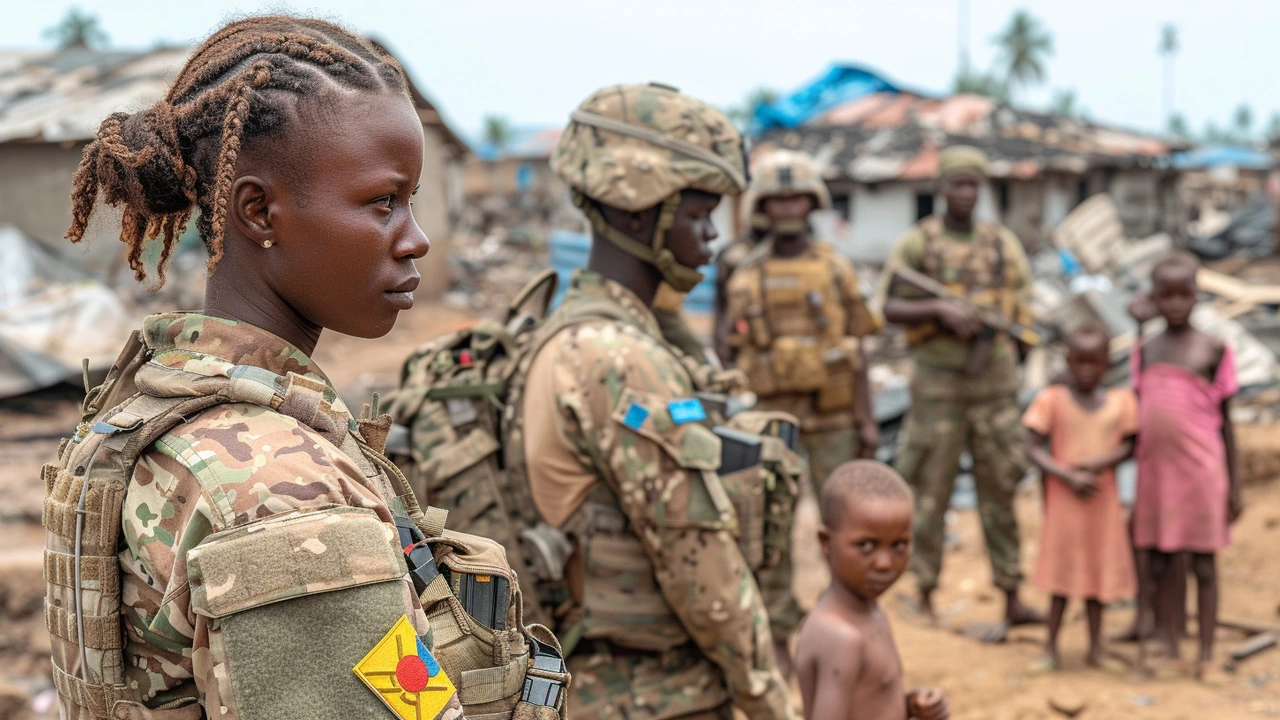How do peacekeepers actually protect human rights in conflict zones? They do more than patrol borders. Modern missions combine protection, monitoring, training, and reporting to reduce violence and support basic rights like safety, access to aid, and fair treatment under the law.
First, protection of civilians is a concrete task tied to many UN mandates. Peacekeepers use presence patrols, secure checkpoints, and quick reaction teams to deter attacks and create safe spaces. That presence matters: local communities often rely on peacekeeper patrols to move freely, reach markets, or access hospitals.
Peacekeeping missions house human rights officers whose daily job is to document abuses, collect witness statements, and publish reports. These reports feed into UN bodies, inform humanitarian actors, and can trigger investigations or targeted sanctions. Accurate documentation also helps victims seek justice later — it’s evidence, not just words.
Beyond formal reports, missions often run early-warning systems. They collect data from patrols, local leaders, NGOs, and displaced people to spot rising tensions before violence explodes. That information can shape the mission’s patrol routes, deployment of reserves, or diplomatic engagement with local authorities.
Peacekeepers don’t replace local institutions. They support them. This means training police on human-rights-compliant tactics, advising prosecutors on war-crimes cases, and helping prisons improve detainee treatment. When police learn to respect rights while keeping order, communities feel safer and confidence in local institutions grows.
Child protection advisers and gender advisers focus on specific vulnerabilities. They set up referral systems for survivors, train local staff to handle sexual violence cases, and push for child-friendly services in displacement camps. Those measures reduce harm and make aid delivery more effective.
Working with partners multiplies impact. Missions coordinate with the UN human rights office, local NGOs, community leaders, and humanitarian agencies to share data, plan protection activities, and reach isolated populations. Local civil society is often the quickest source of accurate information — listening to them improves responses.
That said, peacekeepers face limits. Mandates may be unclear, resources short, and access blocked by armed groups or the host government. Consent from the host state and political constraints at the UN Security Council can restrict what missions do. Understanding these limits helps set realistic expectations about what peacekeeping can achieve.
Want to follow this work? Read mission reports from UN field offices, support reputable human-rights NGOs, and look for on-the-ground updates from local organizations. If you want to help directly, share verified information, donate to vetted relief groups, or contact policymakers to back robust protection mandates.
This tag collects articles that explain these roles, highlight real mission stories, and explore gaps between mandates and reality. If you care about how peacekeeping and human rights connect, these posts give practical, on-the-ground insight rather than abstract theories.

Hey there, friends! Ever wondered how those brave peacekeeping forces help in protecting human rights around the world? Well, today, I'm diving into this heartfelt issue, and believe me, it's both powerful and poignant. These missions are more than just soldiers in blue helmets; they're beacons of hope in war-torn regions, tirelessly working to ensure safety and uphold dignity for all. They navigate the complexities of international laws and conflict dynamics to bring about peace and order. Join me as I explore the vital role these unsung heroes play in keeping the light of human rights shining bright even in the darkest of times.
